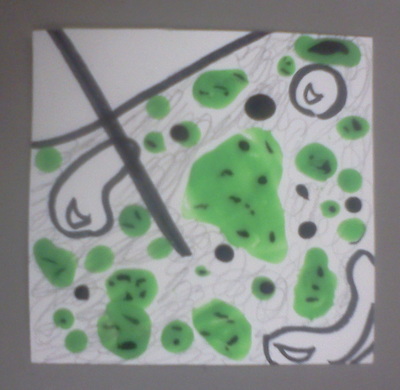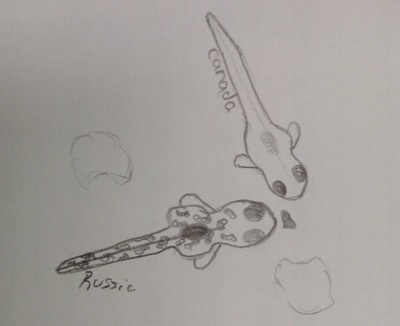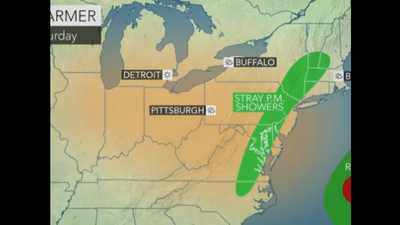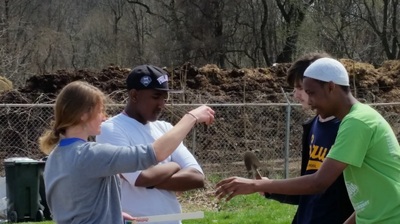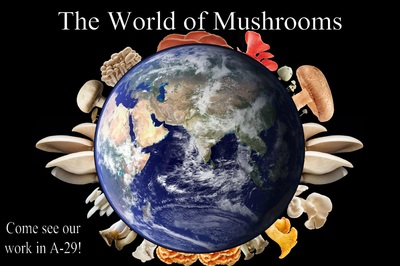|
Valerie Metzler's Inquiry of applied science learning |
Applying content through
hands-on lessons

Hands-on lessons are incorporated into a variety of teaching methods, including student and teacher led inquiries, demonstrations, and other hands-on activities (llewellyn, 2005). John Dewey is a well-known supporter of experiential learning. Dewey (1938) stated that education should be based on experience in order to benefit the student and also to fully benefit the society. He pushed for a type of education that consisted of the real-life experience of students. Rather than a system of depository learning, Dewey advocated for utilizing the scientific method in the classroom in order to create a "growing, expanding experience" (p. 89).
I agree with Dewey and see experience as a valuable and necessary component of teaching and learning. This theory is also reflected by Ms. Baumgarten, the sustainable science teacher at the Montessori School of Drescher, PA, stresses the importance of students applying the content they are learning to the world outside of the classroom. Without this, she says, "they can't do it, they have no clue." |
Use the black button to return to the Hands-on Learning Page after exploring these Connected Learning links.
|
I chose to discuss three hands-on lessons I implemented with my classes. These included one teacher-led inquiry (Zebrafish experiment), one observation and comparison of plant cells (microscopy), and an activity allowing students to predict the forecast based on their data of the elements of weather (meteorology). Additional links are included to direct you to Gardening and Mycelium (under problem & project-based learning), since they also utilize hands-on learning. By following the links, you will learn about the successes and limitations of these teaching methods.
